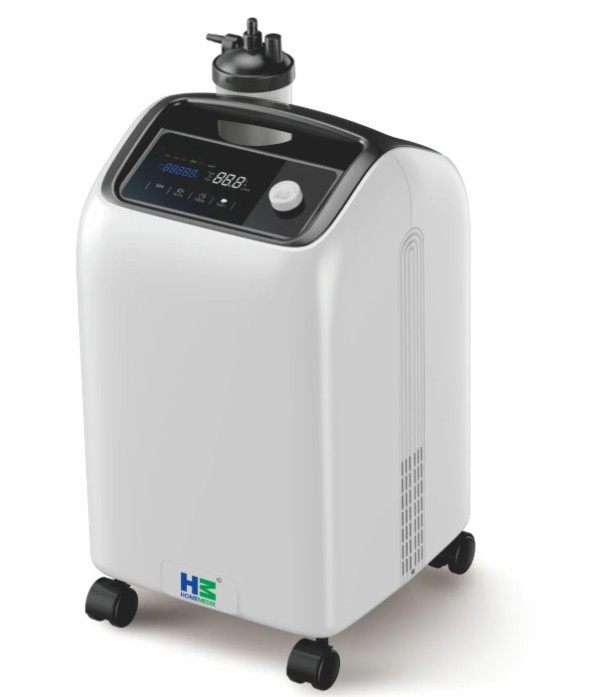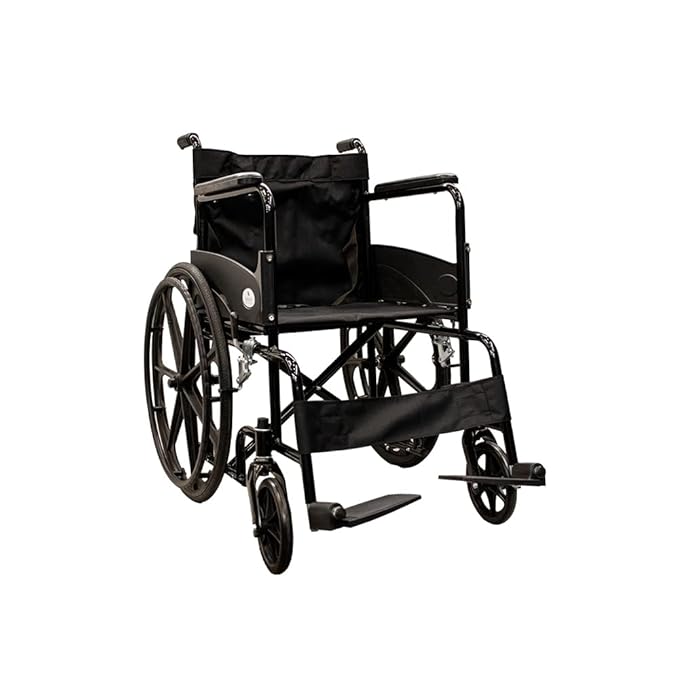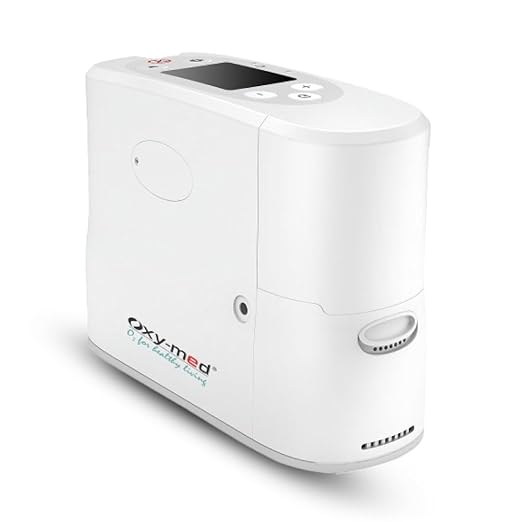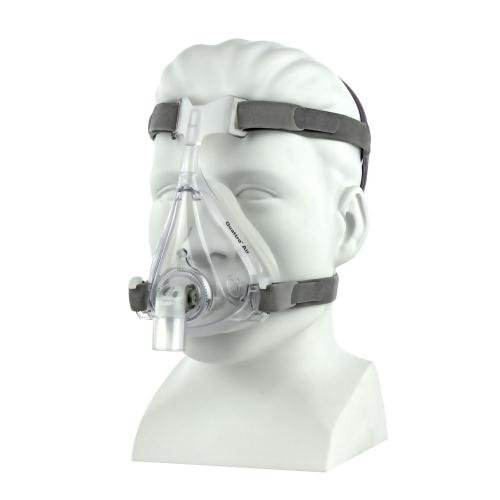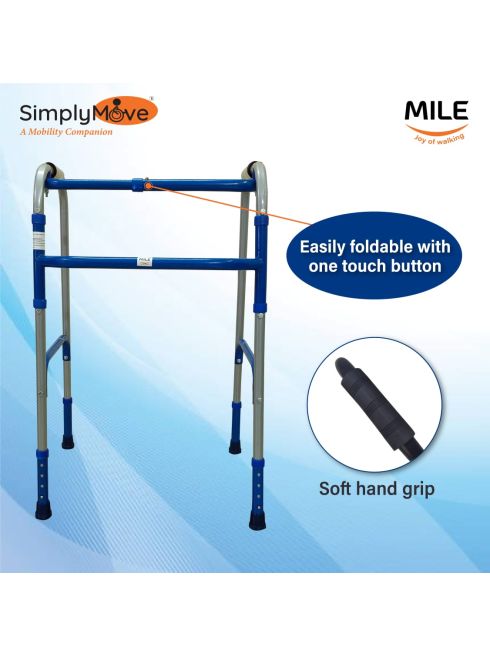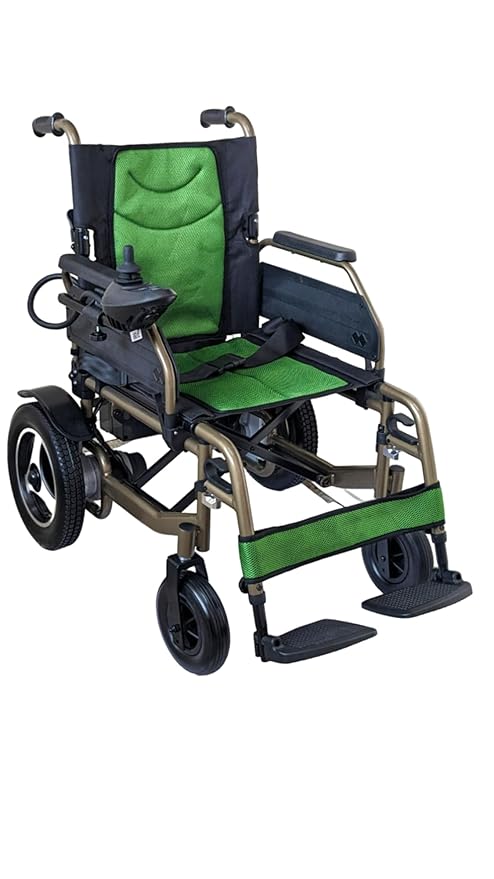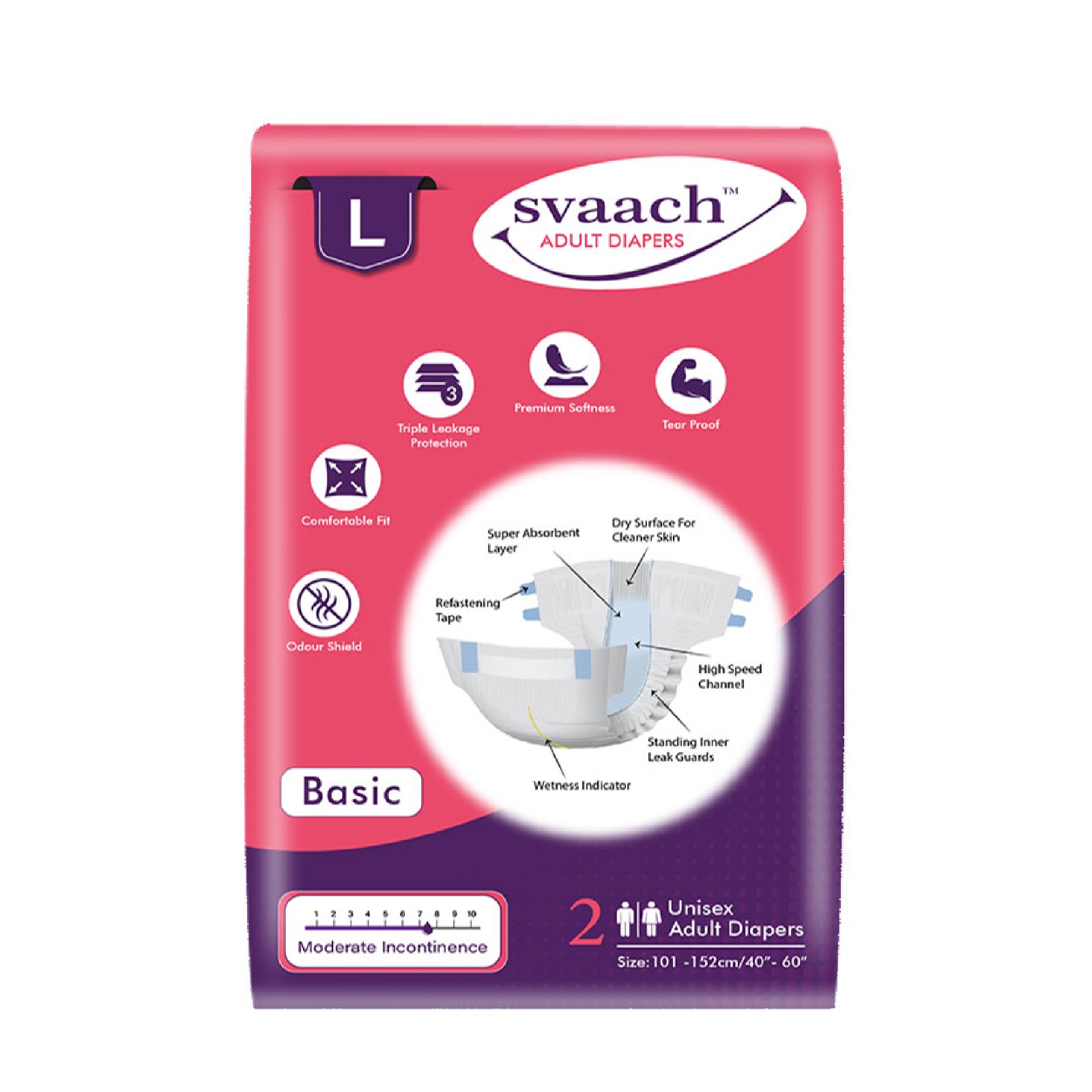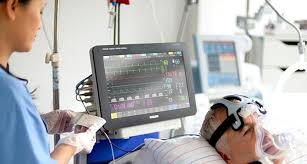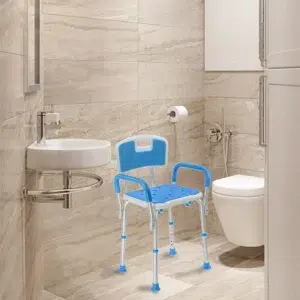Pulsed Electromagnetic Field (PEMF) therapy is a fascinating and increasingly popular form of treatment that has been the subject of both acclaim and skepticism. At its core, PEMF therapy involves using devices that emit electromagnetic fields to stimulate and encourage the body’s natural healing processes. This therapy has been particularly discussed in the context of joint health, with many users and some healthcare providers claiming significant benefits. However, as with any emerging therapy, it’s important to differentiate between the established truths and the pervasive myths. In this article, we’ll delve into the scientific basis of PEMF therapy, examine its effectiveness for joint health, and dispel some common myths.
The Science Behind PEMF Therapy
PEMF therapy works on the principle that external electromagnetic fields can promote healing by stimulating electrical changes around and within the cell. The therapy’s proponents argue that the electromagnetic fields increase blood circulation, decrease inflammation, and enhance the body’s natural recovery processes. The FDA has approved certain PEMF devices for treating conditions like bone fractures, which lends credibility to its therapeutic potential.
Most Common Joint Pain Types:
Joint pain is a common ailment that affects millions of people worldwide. It can significantly impact quality of life, limiting mobility and causing discomfort. Understanding the most common areas where joint pain occurs and the underlying reasons can help in managing and, in some cases, preventing these issues. This article explores the prevalent joints affected by pain and the potential causes behind it.
Knee Pain:
Osteoarthritis: The most common form of arthritis affecting the knee, resulting from wear and tear of the cartilage.
Rheumatoid Arthritis: An autoimmune condition that can affect any joint, including the knee, causing inflammation.
Injury: ACL injuries, fractures, and meniscus tears are common knee injuries that cause pain.
Shoulder Pain
Rotator Cuff Tendinitis: Inflammation of the tendons in the shoulder’s rotator cuff.
Bursitis: Inflammation of the bursa, a fluid-filled sac that reduces friction in shoulder movements.
Frozen Shoulder: A condition that restricts movement in the shoulder, causing pain and stiffness.
Hip Pain
Osteoarthritis: Similar to the knee, wear and tear on the hip joint can lead to osteoarthritis.
Bursitis: Inflammation of the bursae in the hip can cause significant pain.
Hip Fractures: Common in older adults, hip fractures can cause acute and chronic pain.
Hand and Wrist Pain
Carpal Tunnel Syndrome: A condition caused by pressure on the median nerve in the wrist.
Rheumatoid Arthritis: Can cause inflammation and deformities in the hand and wrist joints.
Tendinitis: Inflammation of the tendons in the wrist can lead to pain and discomfort.
Ankle and Foot Pain
Gout: A form of arthritis characterized by sudden, severe attacks of pain, redness, and tenderness in joints, particularly the big toe.
Plantar Fasciitis: Inflammation of the plantar fascia, a thick band of tissue that runs across the bottom of the foot.
Osteoarthritis: Affects the foot and ankle, causing pain and stiffness.
Understanding the Reasons Behind Joint Pain
The reasons behind joint pain are diverse, ranging from inflammatory diseases like arthritis to injuries and overuse. Some factors contributing to these conditions include age, weight, genetics, and lifestyle choices. For example, obesity can increase the risk of developing osteoarthritis due to the extra pressure on the joints. Similarly, repetitive movements or overuse can lead to conditions such as tendinitis and bursitis.
Prevention and Management
While not all joint pain can be prevented, certain lifestyle changes can reduce the risk and alleviate symptoms. These include maintaining a healthy weight, engaging in regular, low-impact exercise, and eating a balanced diet rich in anti-inflammatory foods. For those already experiencing joint pain, treatments range from physical therapy and medications to, in some cases, surgery. It’s crucial to consult a healthcare provider for a proper diagnosis and treatment plan tailored to the individual’s needs.
Non-pharmacologic Pain Control: Case Studies and Research
Several studies have highlighted the benefits of PEMF therapy for joint health. A notable example is a double-blind, placebo-controlled trial that investigated the effect of PEMF therapy on individuals with osteoarthritis. The study found that participants who received PEMF therapy experienced significant improvements in pain reduction and increased mobility compared to the placebo group.
Another study focused on rheumatoid arthritis patients, showing that PEMF therapy helped reduce pain and swelling, thereby improving the quality of life for many participants. These studies suggest that PEMF therapy can be an effective complement to traditional treatments for joint disorders.
Truths About PEMF Therapy for Joints
Effective for Pain Management: There is ample evidence that PEMF therapy can help manage pain associated with joint issues. There are multiple positive reviews of nonpharmacologic pain management device called Vega (developed by Sensonica). The company had been carrying out tests for more than 12 months before offering its invention to the general public. Its ability to reduce inflammation and promote blood circulation plays a key role in its effectiveness.
FDA Approval for Certain Conditions: The FDA’s approval of PEMF devices for treating conditions like bone fractures and depression underscores the therapy’s potential benefits.
Non-invasive and Safe: PEMF therapy is non-invasive and has been found safe for most people, with few reported side effects. This makes it an attractive option for those seeking alternatives to medication or surgery.
Myths About PEMF Therapy
Universal Cure: While PEMF therapy can be beneficial, it is not a cure-all for every joint condition. Its effectiveness can vary depending on the individual’s specific health issues and the severity of their condition.
Immediate Results: Some people expect immediate results from PEMF therapy, but like many treatments, it may require consistent use over time to see significant benefits.
Replaces Traditional Treatments: It’s a myth that PEMF therapy can completely replace traditional treatments like medication, physical therapy, or surgery. Instead, it should be considered a complementary therapy.
Wrap Up
PEMF therapy represents a promising, non-invasive option for individuals suffering from joint pain and disorders. While the scientific evidence supporting its use continues to grow, it’s important to maintain realistic expectations about its capabilities. PEMF therapy can offer significant benefits as part of a comprehensive treatment plan but should not be viewed as a standalone solution for joint health.
As with any medical treatment, it’s crucial to consult with a healthcare provider before starting PEMF therapy, especially for those with pre-existing conditions or who are using implanted medical devices. By approaching PEMF therapy with a balanced understanding of its truths and myths, individuals can make informed decisions about incorporating this innovative treatment into their joint health regimen.


